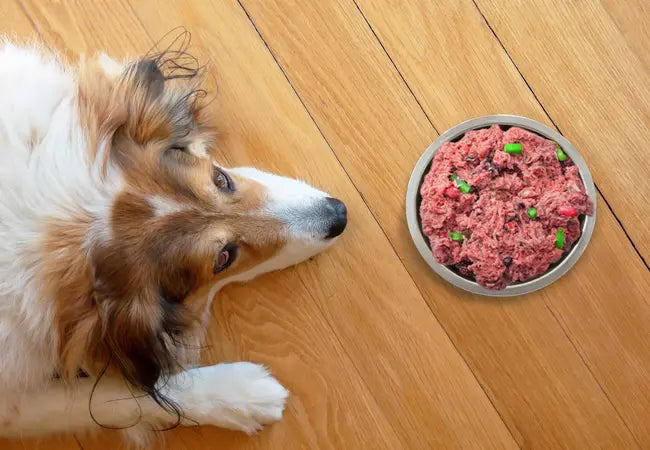Lamb for Dogs 2025: Vet-Approved Nutrition & Serving Guide 🍖🐕

In this article
Healthy Foods Checklist: Lamb for Dogs in 2025 🐑🥘🐶
By Dr. Duncan Houston BVSc
1. Why Lamb Is a Top Healthy Protein Choice
Lamb is a high‑quality, digestible lean protein that supports muscle, skin, and coat health. It’s rich in essential amino acids, iron, zinc, and B‑vitamins ideal for overall vitality.
2. Novel Protein Benefits
Lamb acts as a novel protein that your dog hasn’t eaten frequently, making it less likely to trigger food sensitivities or allergies linked to common proteins like beef or chicken.
3. Key Nutrients in Lamb
- Protein: Builds muscle, tissues, and supports enzymes.
- Iron & Zinc: Aid in oxygen transport, immunity, and skin health.
- B‑Vitamins: Support energy, metabolism, and nervous system function.
- Omega‑3s: Some lamb contains beneficial fats for the coat and inflammation.
4. Commercial vs Homemade Lamb Diets
- Commercial diets: Look for AAFCO‑complete lamb‑based kibbles or wet foods (e.g., Purina ONE, Wellness CORE), with lamb listed first.
- Homemade meals: Use lean lamb, balanced with carbs & supplements, under veterinary guidance: ensure calcium, omega‑3s, and micronutrients are included.
5. Health Advantages in 2025
- Supports sensitive digestion: Easier to digest than beef, preferred in LID trials.
- Promotes skin & coat health: B‑vitamins and zinc aid in retaining sheen and reducing irritation.
- Boosts immunity & energy: Iron and B‑vitamins help with vitality and oxygen delivery.
6. Potential Drawbacks & Considerations
- Some dogs may still react to lamb introduce it gradually and monitor for GI or skin issues.
- Rich lamb meals may overshoot calorie needs, especially in overweight or less active dogs.
- Premium lamb diets can be more expensive—evaluate cost vs benefits.
7. Vet‑Approved Feeding Guidelines
- Verify AAFCO completeness on packaging.
- For allergy trials, use limited‑ingredient lamb-only diets.
- Introduce over 7–10 days to reduce digestive upset.
- Dogs with kidney or liver conditions need veterinary clearance due to protein load.
- Homemade lamb diets require balanced supplements—calcium, omega‑3, vitamins/minerals—and periodic nutrient analysis.
8. Transition & Portion Tips
Mix lamb gradually with current food; follow package feeding guides adjusted to your dog’s size, age, and activity after transition.
9. Ideal Candidates for Lamb Diets
- Dogs with confirmed allergies to beef, chicken, or dairy
- Pups with chronic skin or GI issues
- Weight management cases—lean protein helps maintain lean mass
- Picky eaters who enjoy the natural taste of lamb
10. Ask A Vet Tools & Support
- 📱 Ask A Vet App – Instantly check dietary suitability and portion guidance.
- 🎓 Nutrition Webinars – Learn to balance homemade lamb meals with supplements.
- 🛠️ Woopf & Purrz Lamb Boosters™ – Vet-formulated toppers for digestion, skin, and coat care.
11. Final Takeaway
In 2025, lamb remains a top natural protein for dogs—lean, nutrient‑rich, and allergy-friendly. Whether as a commercial AAFCO‑complete diet or carefully balanced homemade meals, lamb supports muscle health, digestion, and vitality. Introduce thoughtfully, monitor response, and consult your vet for personalized advice. With the right approach, this classic protein nourishes your dog with both health and happiness 🐾❤️.
Need customized guidance? Visit AskAVet.com or download our app—expert veterinary support anytime!






